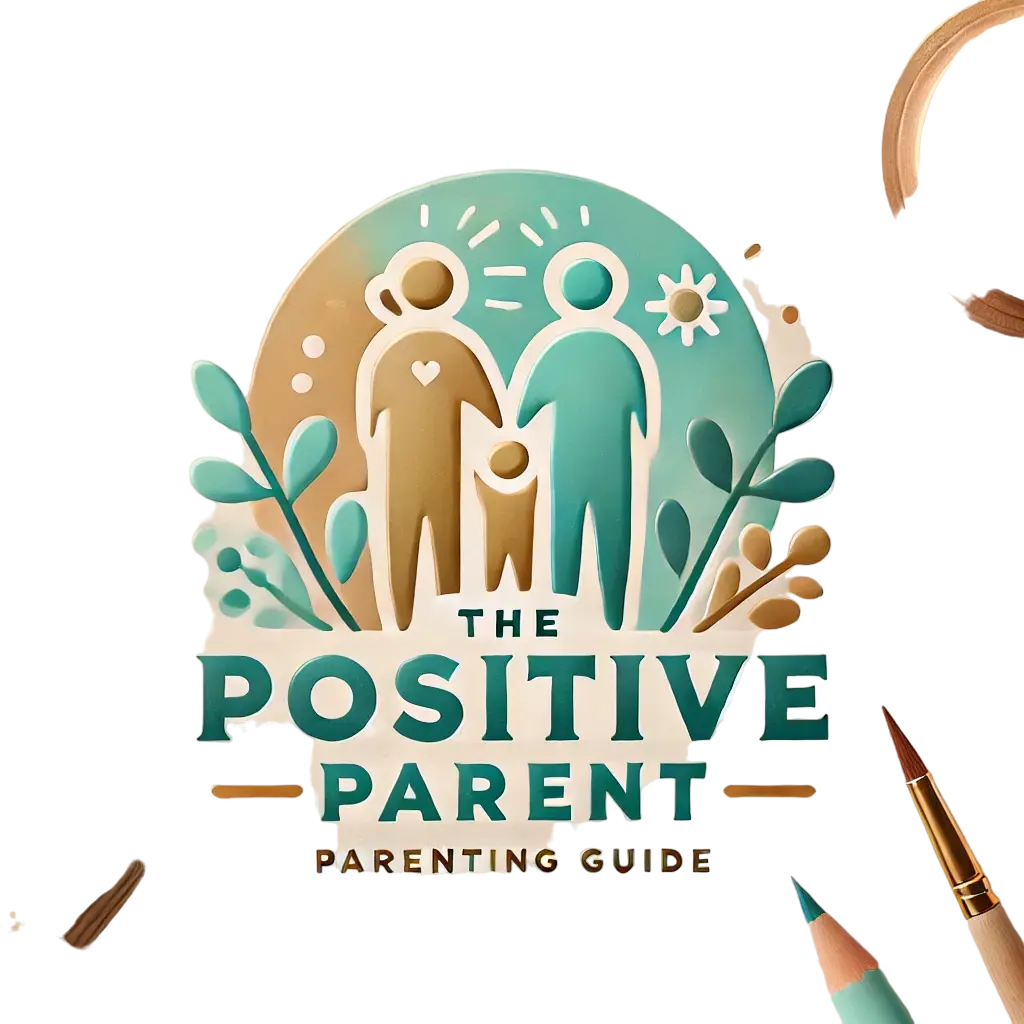Pediatric Sleep Experts Reveal Ways Parents Sabotage Their Children’s Sleep—And What To Do Instead
Category
Categories

Pediatric Sleep Experts Share Tips for Improving Children’s Sleep
Many parents find it challenging to establish healthy sleep habits for their children, facing struggles with bedtime routines and nap times. However, there are effective solutions that parents can start implementing today to make a positive impact on their child’s sleep patterns.
Experts in pediatric sleep offer valuable advice on addressing children’s sleep issues and guiding them towards a restful night. By making simple adjustments to daily routines, parents can help their little ones drift off peacefully to sleep.
How Your Actions Affect Your Baby’s Sleep
Some parents find comfort in rocking or cuddling their newborn to sleep, but experts advise against this practice after the first few months. Spending excessive time comforting the baby at bedtime can hinder their ability to self-soothe and disrupt the establishment of healthy sleep routines.
According to Dr. Judith Owens, from the Center for Pediatric Sleep Disorders at Boston Children’s Hospital, when babies rely on external aid to fall asleep, they struggle to return to sleep independently if they wake up during the night.
Co-sleeping with an infant is not recommended
It is essential to avoid co-sleeping with your infant, especially with newborns under the age of 1, as advised by the American Academy of Pediatrics (AAP). Young babies may not have the ability to move away from a caregiver’s body or heavy bedding, increasing the risk of suffocation, entrapment, and sudden infant death syndrome (SIDS).
In the initial weeks of your baby’s life, there may be various methods to try to get them to sleep. However, experts suggest that by the time they are 3 months old, putting them down in their crib while still drowsy is recommended. Despite initial protests, babies will learn to fall asleep independently in due time.
Experts highlight several ways that might unknowingly disrupt your newborn’s sleep and offer alternative strategies to address these issues effectively.
You nap on-the-go
It is advisable to ensure your baby naps in their crib whenever possible. According to Jodi Mindell, PhD, from The Children’s Hospital of Philadelphia, if your baby frequently falls asleep in a stroller or car seat, they may associate motion with sleep, making it challenging to nap without it.
Strive to have at least half, if not more, of your baby’s naps occur in their bassinet or crib.
You feed during bedtime
When Angela Mattke, MD, a pediatrician at the Mayo Clinic Children’s Center in Rochester, Minnesota, had a baby, she used to breastfeed him right before putting him down at bedtime. This led to a situation where he would wake up at night and only fall back asleep after being breastfed again, she explains.
When her son was 8 months old and still waking up three or four times a night, Dr. Mattke decided to change her routine and start sleep training instead. After a challenging week of gradually allowing her son longer periods to soothe himself without additional nursing, he eventually learned to self-soothe.
To prevent this issue, it may be helpful to finish your baby’s last feeding before starting the bedtime routine. Additionally, consider feeding your baby in a different room than where they sleep to avoid them associating nursing with bedtime.
You don’t follow a sleep method
It is recommended to start sleep training when your baby is at least 4 months old. There are different sleep training options available, so it’s essential to choose a method that you feel comfortable with, according to Lisa Medalie, PsyD, who is the director of the pediatric insomnia program at The University of Chicago Medicine.
One approach is to try a sleep method where you put your baby down while they are still awake but drowsy and allow them to “cry it out” without going back into the room. Alternatively, you can opt for a more gradual method such as the Ferber Method, which involves checking on your baby after putting them down and gradually increasing the time between check-ins over several nights until you no longer need to go in at all.
Reacting to Every Noise
Instead of immediately responding to your baby’s every little sound at night, give them a chance to self-soothe and try falling back asleep on their own, according to Dr. Mindell’s advice.
If you have an older child sharing the room who might wake up, it’s best not to rush in every time you hear a noise. Dr. Mindell warns that constantly intervening can disrupt their sleep patterns.
One timeless tip for tired caregivers is to nap whenever your baby naps, ensuring you get the rest you need while being available when they need you.
How to Prevent Disrupting Your Toddler’s Sleep
Many children transition from having two naps to just one nap between the ages of 15 and 18 months. If your toddler is napping excessively during the day, it may impact their ability to fall asleep at night. It is advisable to limit daytime naps to a total of three hours.
Here are some other ways you might unintentionally affect your toddler’s sleep and suggestions on how to improve their sleep patterns.
You allow them to nap late (and outside of the crib)
Ensure that your toddler does not take a nap too late in the afternoon as this can make it difficult for them to fall asleep at night. According to Dr. Medalie, naps should not start later than 2 p.m. It is important to maintain consistency in your child’s sleep location, with Dr. Medalie recommending that toddlers should nap in their own bed and not on the couch, your bed, or the floor, except in unavoidable situations like at a child care center.
Transitioning to a Big-Kid Bed Too Soon
Many parents believe they should transition their toddler to a big-kid bed by the age of 2, but this may not be necessary. It is important to consider your child’s perspective as moving to a new bed can take away their sense of security, especially since toddlers may not have the self-control to stay in bed, as noted by Dr. Mindell.
Unless your toddler is constantly climbing out of the crib, it is recommended to wait until they are around 3 years old before making the switch.
Feeling overly excited before going to bed
Consider revising your bedtime routine if it involves energetic activities. The hour leading up to bedtime should be calm and relaxing. According to Dr. Owens, “If your child is actively playing around, it can make it more difficult for them to fall asleep.”
Experience the benefits of the Power Down Hour
The Power Down Hour is a designated time before your child’s bedtime filled with calming activities to aid in their transition to sleep. Engage in relaxing tasks like reading a story, playing a quiet game, or practicing meditation with your kids an hour before bedtime to help them unwind and prepare for a restful night.
You Need Clear Boundaries
Establishing clear boundaries around bedtime is crucial for promoting healthy sleep routines. According to Dr. Mattke, implementing rules such as requiring your child to stay in their bed can be beneficial. For example, once a child transitions to a big-kid bed around age 3, ensure they understand they must remain there during the night. If your child does wander into your room, verify they are not unwell, and then promptly guide them back to their own sleeping space.
How You’re Hindering Your Young Child’s Sleep
After establishing a routine for your baby to sleep through the night, it’s important to realize that as they grow older, they may still encounter occasional sleep issues. For instance, older children often experience FOMO (fear of missing out) at bedtime, leading to disruptions in their sleep schedule. Here are some common ways you might be obstructing your preschooler’s sleep and strategies to assist them in calming down.
Encouraging Mindfulness in Preschoolers
Mindfulness involves being aware of one’s thoughts, emotions, and feelings. To help your preschooler practice mindfulness, introduce kid-friendly meditation techniques like deep breathing exercises, mindfulness activities, and even guided sleep meditations.
Engaging in these activities can be enjoyable for your child and can lead to a sense of calm, reduce hyperactive behavior, and improve sleep quality. It’s a beneficial practice for both children and parents alike!
Incorporate Time Management
Begin by introducing your child to meditation slowly, allocating one minute for every year they have lived. As your child becomes more comfortable with the practice, you can gradually extend the duration. According to the AAP, parents are advised to adhere to the following time constraints:
You spend time beside your child in their room
Do you need to change the habit of staying next to your child until they fall asleep? Dr. Medalie suggests transitioning by sitting at the edge of the bed while they drift off, then moving to a chair in the middle of the room, followed by the doorway, and finally leaving the room with the door open over a few nights.
If your child is used to sleeping in the same room as you, you can help them transition to their own room by gradually moving their mattress further away from your bedroom until it’s in their own room.
You Overemphasize Bedwetting
It can be challenging when your young child wakes up to a wet bed at night, but it’s essential not to make a big fuss about it.
According to Dr. Mattke, the development of bladder control varies greatly among children, and it’s normal for them to have nighttime accidents up to the age of 7. Approach the situation calmly and matter-of-factly, ask your child to change into dry clothes, and handle the bedsheet change yourself. Using a waterproof mattress pad may be beneficial if your child frequently experiences bedwetting.
Incentivize Bedtime Differently
When your preschooler refuses to go to bed, skip the arguments and threats. Instead, incorporate a favorite activity as part of the bedtime routine. Provide your child with something exciting to anticipate, advises Dr. Mindell. For instance, a family Dr. Mindell assisted had a son who loved G.I. Joe, so they allowed him to play quietly with his action figures for five minutes before turning the lights out.
You Share a Bed with Your Child
Regardless of how exhausted you may feel (and as tempting as it is to snuggle with your little one), Dr. Medalie advises against allowing them to sleep in your bed. Instead, gently guide your child back to their own room without engaging in conversation or extra cuddling.
To encourage your child to stay in their own bed, consider introducing two “bedtime passes” every night. If your child comes to your room, they must surrender one pass. In the morning, if they have a pass left, they can trade it for a sticker. This simple incentive could be just what they need to remain in their designated sleep area.
Encouraging Rest Time for Preschoolers
At times, your preschooler may still require a nap while on other days, they may not. Instead of enforcing sleep, establish a quiet playtime after lunch where they can relax on their bed. If your child happens to doze off, make sure to gently wake them up after an hour.
You Fail to Follow a Routine
Parents frequently relax their children’s sleep patterns around the age of 4 or 5. Dr. Owens warns that they might start skipping the bedtime ritual and not enforcing a consistent bedtime. Despite your child’s apparent maturity, it is crucial to maintain a structured routine to ensure they can settle down for a restful night’s sleep.
Key Takeaway
Ensuring that babies, toddlers, and preschoolers sleep through the night can be a challenge for parents. Establishing calming bedtime routines, creating clear boundaries, and testing different sleep strategies can assist in promoting better sleep habits for children. By being patient, consistent, and adaptable while finding an effective method that suits your family, you can start improving your child’s sleep patterns.



